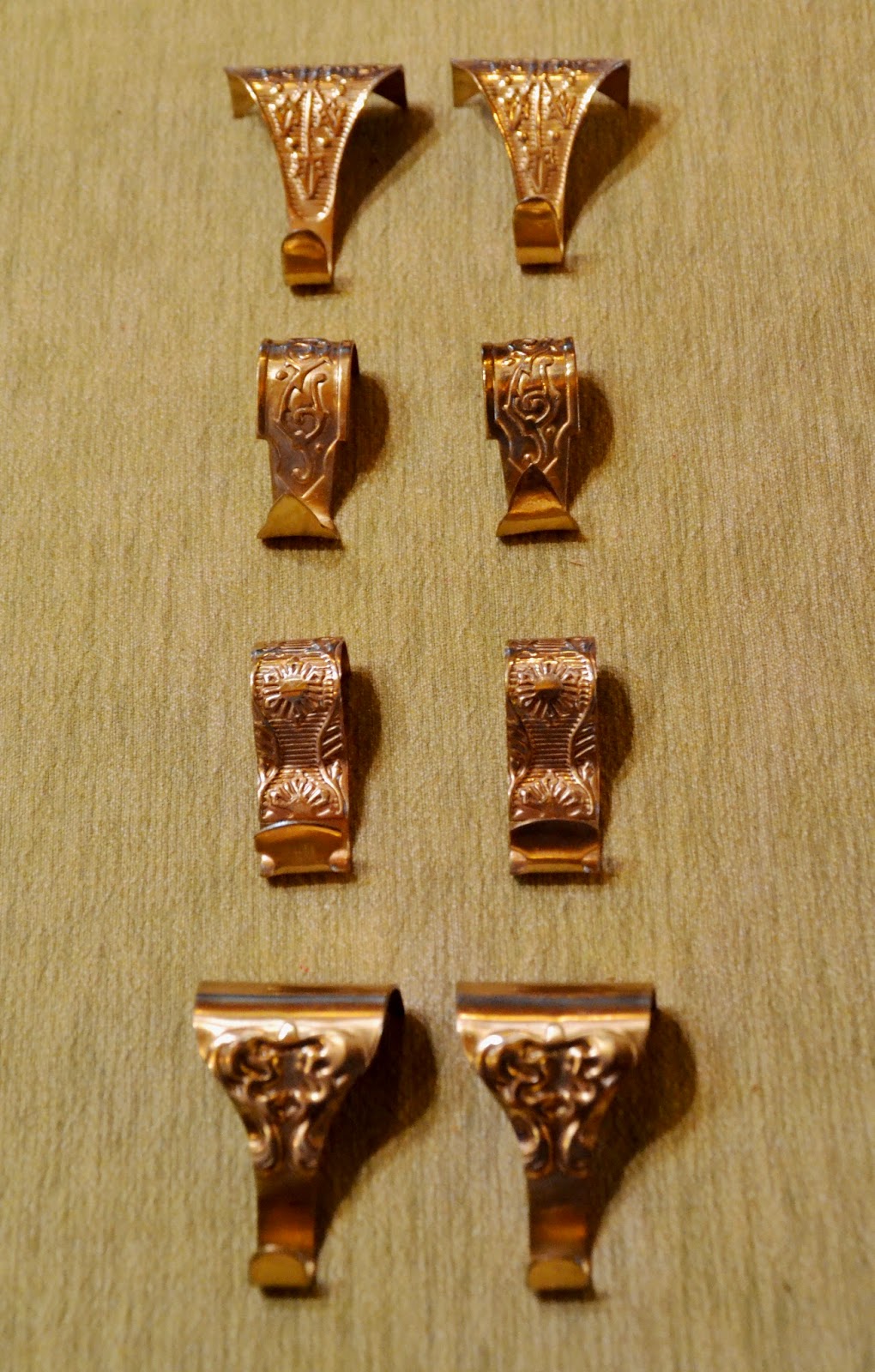As a small diversion from my ongoing mural project, I've always wanted to fix something in the house that I've never been completely happy with. When I first hung all of our artwork on the picture rails, I used the simplest way, a single cord and single hook for each. I always new I wanted to update this with a two cord system but never got around to it until now.
The reason I wanted to use a two-cord system is twofold. First, I've never been happy with the aesthetics of the simpler system. Second, the simpler system leaves the artwork failry loose and uneven on the wall so pictures are not exactly even and some even move when the forced-air heating or air-conditioning is on.
Setting up the two-cord system is pretty simple: you run a single cord (in my case, since I am re-using old cord, I am running two cords, tied together, through eyelets in the back of the frame and then at each ends of the cord, you form a loop ad insert a hook. Keeping the cord loose in the eyelets allows you to easily level the pictures on the wall.
Forming the loops is probably the most work-intensive part of the project. For mine, I created a loop in the cord.
I then wrapped the loop shut tight with some brass wire.
I crimped the brass wire tight against the cord to insure it wouldn't fall off.
Then I repeated this step on the other end of the cord.
I use decorative hooks that I purchased online from House of Antique Hardware. They aren't specifically Arts & Crafts style but that seems fine with me since the house has enough elements that aren't specifically that style anyway. I also wanted something with a bit of interest.
The wire and loop system creates a neat attachment at the rail.
I am happy with the final look because it maintains a rectilinear form on the wall and holds all of the artwork in a stead position.
This process has allowed me to take an inventory of what we have hanging at the Tiny Bungalow and I am going to hang a few new pieces as well. I'll follow up with a bit about some of the art that we have hanging at the house and where it came from.











No comments:
Post a Comment